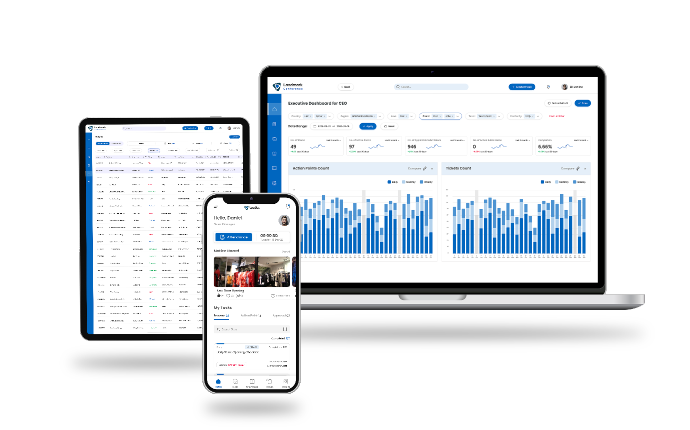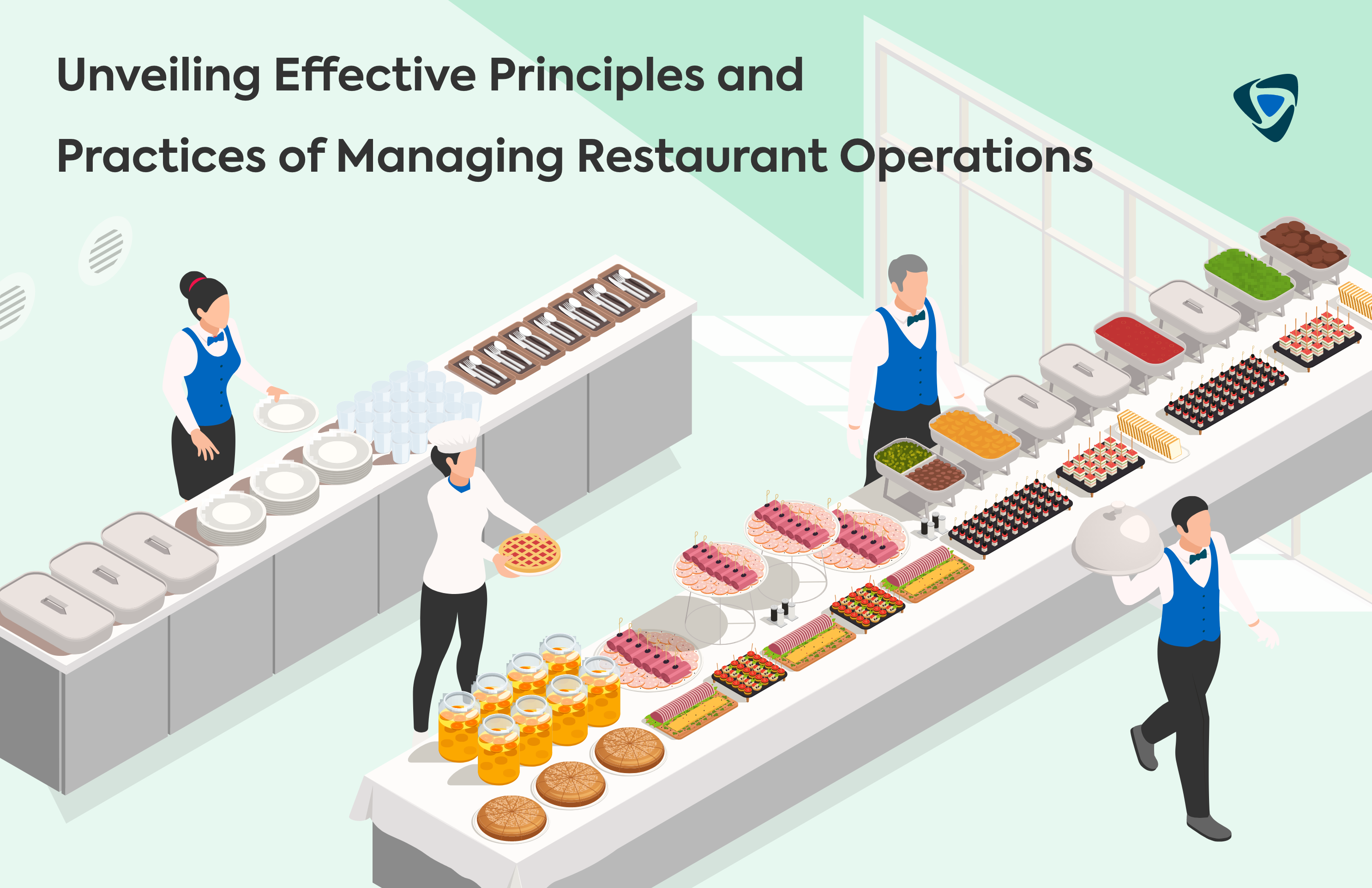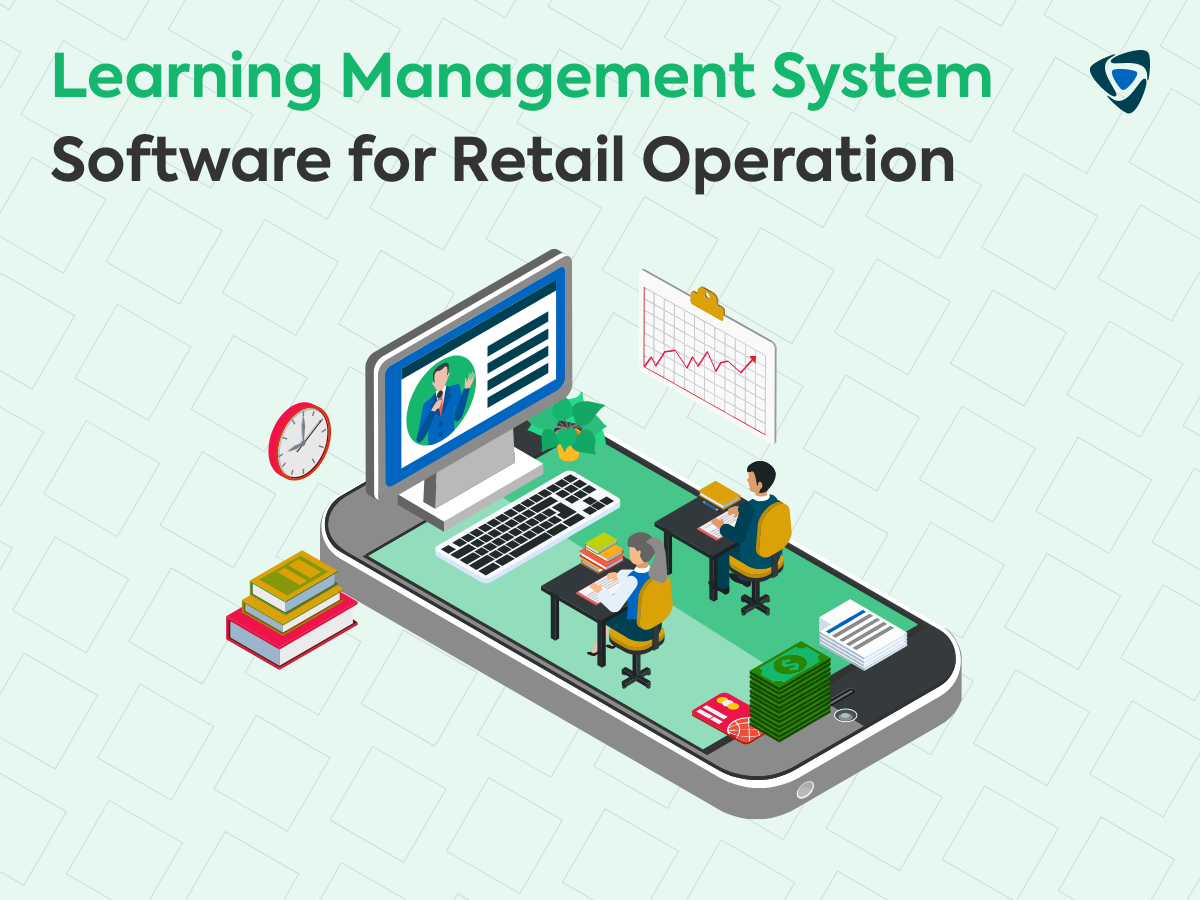Guide
Success Stories of Retail Businesses Using Operation Management Software
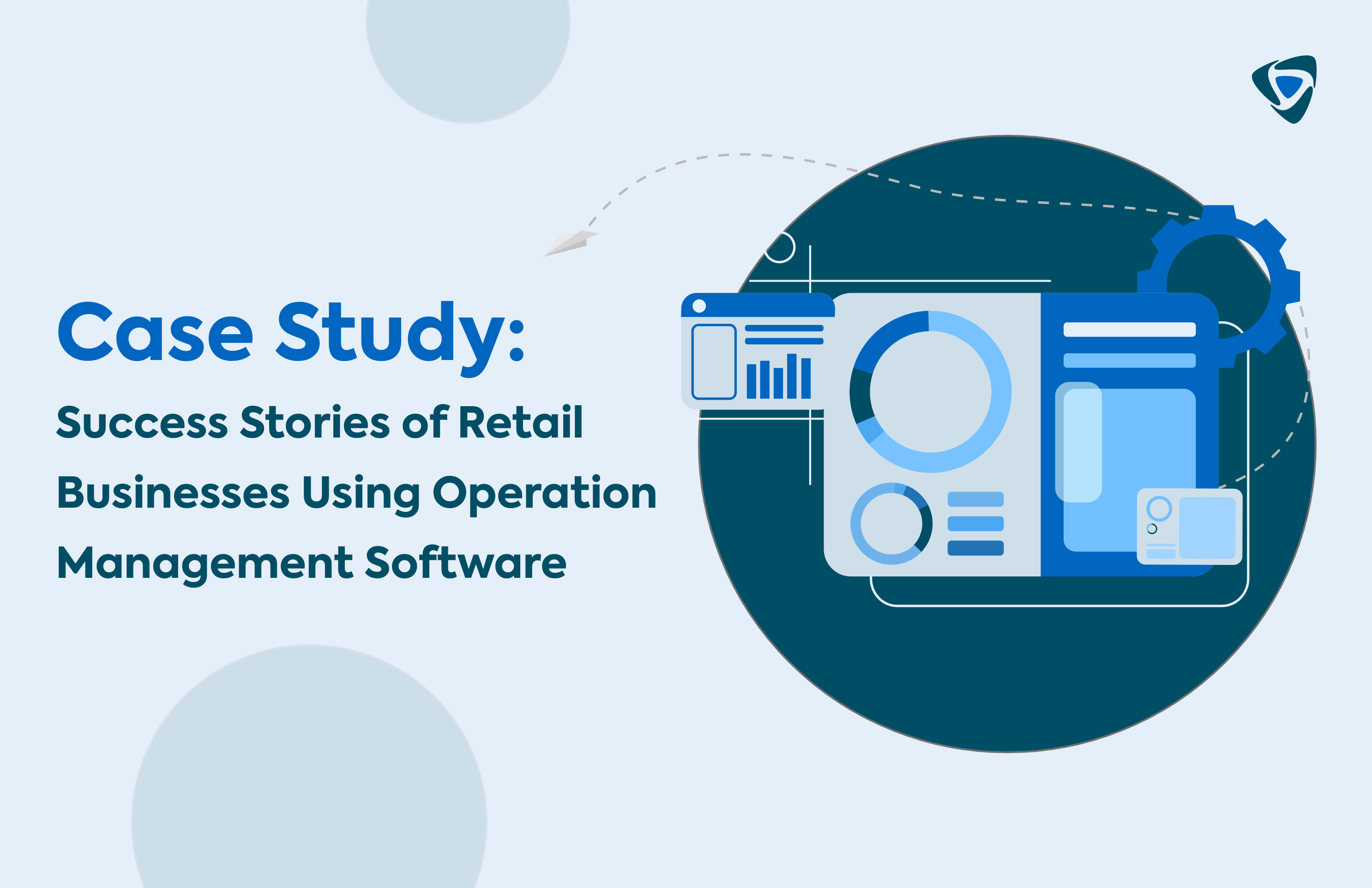
Case Study: Success Stories of Retail Businesses Using Operation Management Software
In the fast-changing environment of retail, operation Management Software (OMS) technology has become a transformational element that redefines business and improves efficiency. Operation Management Software (OMS) is a crucial strategy for retail firms that want to improve their processes in this current digital age. Success stories of OMS become very crucial as businesses look for concrete insights into the advantages of an order management system. The case studies help bridge the gap between theoretical concepts and real-life applications, giving a concrete story of how OMS has positively affected retail operations.
Case studies offer insights into how retail businesses that embraced OMS gained, as well as address the real issues they had to overcome. It also lays the practical road map for other companies who are thinking about implementing OMS. The reasons why case studies are important to knowing OMS range from learning that they help us understand how notions of what is wrong with it have been translated into working possibilities.
In this article, we go through some retail businesses that have used the power of operation management software to write success stories. We aim to uncover the multidimensional advantages presented by OMS and highlight its crucial role in rethinking retail business.
Case Study 1: The Small Retailer’s Turnaround
Background: A small retail business had to cope with serious challenges, from issues relating to the management of its inventory to efficient processes, all in the midst of industrial dynamics. As they were confronted with the urgency of a need for transformation, the business identified technology as an enabler to overcome these hindrances. This case study focuses on a small retailer that is trying to address operational issues with operation management software.
Challenges: Small retail businesses have been facing tough challenges, such as rampant inventory mismanagement that has resulted in overstocking or stockouts. Ailing customer retention rates indicated the requirement of a customer-oriented approach. Further, customers were subjected to inefficient transactions and poor customer service, relying on a stale Point-of-Sale (POS) system. These challenges, as a whole, resulted in bottlenecks that limited the growth and profitability of the business. The business looked into implementing operation management software (OMS) with a view to facilitating its operations, boosting customer satisfaction rates and entering into the new era of efficiency and competitiveness.
Implementation: The implementation phase included proper choice and smooth insertion of retail operation management software (ROMS). A comprehensive vetting process ensured the selected software met the needs of a specific business. Successful integration concentrated on mitigating disturbance, with training sessions for staff to ensure a smoother transition. The OMS adoption was aimed at transforming operations, solving problems and positioning the small retailer for long-term success.
Results: The deployment of retail operation management software helped small retailers achieve great results. It increased inventory efficiency, lowering stockouts and overstock. This optimization helped in increasing sales significantly, thereby highlighting the beneficial effects of the software on generating revenues. It improved customer relations by focusing on better quality of service and personalized interactions. Positive statistics for ROI further strengthened the tangible results, demonstrating that the software was effective in generating a significant return on investment.
Key Takeaways: As such, the success of this case study stresses the importance of choosing the right software, even in small-scale business operations. It demonstrates how tailored technology solutions can create efficiencies, drive sales, improve customer relationships and deliver a positive ROI, showcasing the power of strategic software adoption.
Case Study 2: The Chain Store’s Unified Operations
Background: The retail chain had problems with numerous stores that suffered from fragmented operations. The background reveals the challenges of trying to run a chain store where smooth and related operations are essential for success. Operation management software can provide solutions for spearheading success in a multi-location retail environment, as demonstrated by the narrative that unwinds amidst the unique challenges of dealing with disparate processes across various outlets.
Challenges: The retail chain faced issues arising from inconsistency within stores, supply chain delays and underutilized data gains. Managing uniformity with multiple outlets was a challenge that resulted in operational differences. Inventory management was also impacted due to supply chain delays. Moreover, there was poor utilization of available data, which stalled many decision-making processes. These challenges illustrate how complicated the problems that confront a retail chain based on several locations, and thus lay the ground for an investigation of how operation management software can handle these issues.
Implementation: The retail chain chose a transformative strategy by implementing centralized retail operation management software. This integrated solution aimed to simplify processes in all the outlets to make them uniform and efficient. Centralized management made it easy to align processes in sync, thereby enhancing supply chain logistics and utilizing data for informed decision-making. The adoption of a centralized system was a strategic move towards cohesive and well-integrated retail operations.
Results: It also achieved centralized retail operation management software for easy management of multi-stores. Real-time data analytics offered insights that were actionable and improved decision-making. Efficiency was achieved in the supply chain, which minimized delays. Consolidated reporting simplified monitoring, easing intelligent planning. Shedding light on the results revealed the power of cohesive operations to improve the overall efficacy and performance of the retail chain.
Key Takeaway: The integral components of sustained success are achieving consistency across multiple stores, optimizing supply chains, and harnessing real-time analytics. This case is an example of how centralized retail operation management software can be used to achieve operation consistency and efficiency within large-scale retail chains.
Case Study 3: The eCommerce Integrator
Background: Retail operation management software is essential in such an environment where a hybrid model is followed in retail. The hybridity of the retail model. It maintains the dynamism characterizing eCommerce integration while attempting to maintain cohesion across different sales channels.
Challenges: One of the major challenges for this eCommerce Integrator is managing multi-channel sales where different platforms may produce misalignment in stocks and disrupt the full picture of customers. A retail operation management software that can smoothly integrate different sales outlets, ensure efficient and up-to-date inventory management, and enable a unified insight into customer encounters is necessary to account for the intricacies of operating both offline and online. It is why well-tailored retail management solutions become strategic, as meeting these challenges head-on will help them become more efficient and ensure a consistent and satisfactory customer experience across all the points of store contacts in the dynamic landscape of modern commerce.
Implementation: Retail operation management software is a custom solution implemented to enable effortless eCommerce integration. This software provides a unified platform where both online and offline operations meet, thus simplifying inventory management, order processing, and customer interactions. Therefore, the selected system should be strong enough to deal with multi-channel sales management challenges by integrating a unified solution that aligns different retail channels and eases cross-channel operations for improved business performance.
Result: Implementation of retail operation management software led to synchronized inventory, which helped the optimization of balance in online and offline channels. This integration improved the overall customer journey, making it consistent across various platforms. Sales significantly increased as the business was able to serve customer demands efficiently, leading to a positive outcome of strategic implementation of software in both channels.
Key Takeaways: By incorporating retail operation management software with powerful eCommerce functionalities, the business created unified inventories, enhanced the online-offline customer interaction and ultimately raised sales. So, it emphasizes the need for custom software solutions to effectively handle the intricacies of a dual-channel retail atmosphere, ensuring that your operations run smoothly.
Learnings from the Case Studies
The case studies highlight issues most retailers face, such as poor inventory management, inconsistent operations and the sophistication involved in multi-channel retailing. However, retail operation management software will help your business mitigate all these challenges.
Implementing custom software solutions leads to efficient inventory management, optimized operations, and better customer relations. The practical examples highlight the quantifiable results that businesses can reap by making use of technology as a means to boost efficiency in their operations.
The primary insight is that the right software can positively transform retail business by adding efficiency, profitability, and overall success.
How to Determine If Your Retail Business Needs a Software Overhaul
Whether your retail business is in need of a software overhaul can be determined from self-diagnosis and the following signs. Firstly, think of operational bottlenecks; these include poor inventory management, outdated point-of-sale systems, and difficulties associated with handling multi-channel sales. Signs may be decreasing customer satisfaction, more errors or inability to adapt to new market demands. It may be high time to introduce a change if your existing software does not cover these changing requirements.
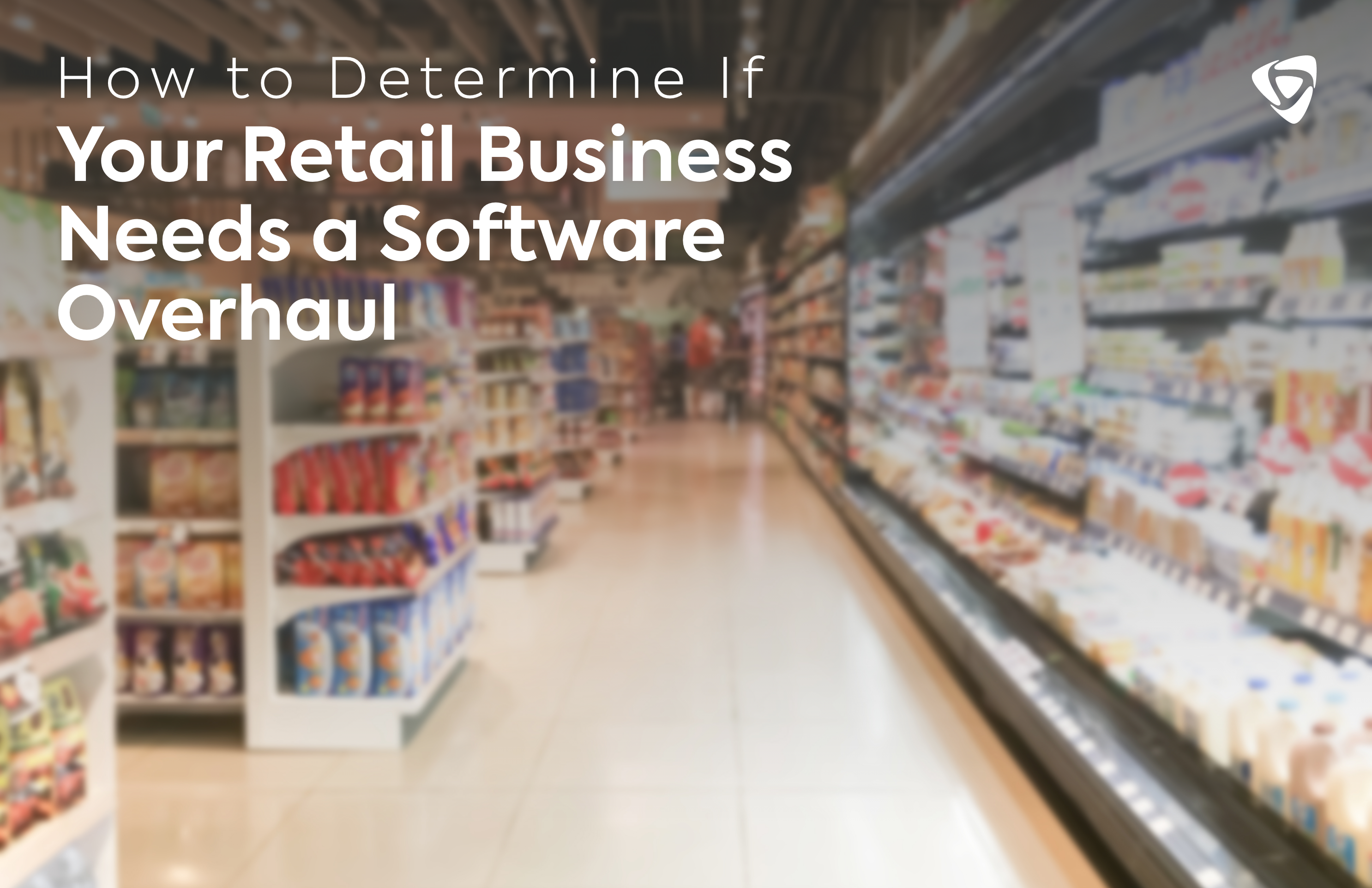
Start with an assessment of current systems and pinpoint trouble spots. Identify if your current software matches industry tendencies and has scalability. Make assessments on customer feedback and employee experiences for insights. Consider such a potential for integrated solutions that can simplify operations, improve customer interaction and accommodate growth into the future. By identifying these warning signs and taking preventive measures in trying to revamp your retail software system, you can set your business for long-term thriving.
What is a Retail Operation Management Software?
Retail Operation Management Software is an all-in-one solution that simplifies retail operations from inventory and sales management to customer relations. It improves efficiency and reduces errors so that operations run smoothly. Taqtics, a leading supplier in this industry, delivers new features designed for retail proficiency. Taqtics’ software helps retail businesses leverage their power through intuitive tools, an instant view into operations and scalability so that they can continue to operate optimally and adaptably in such a dynamic business environment.
How to Choose the Right Retail Operations Management Software?
Here’s how you can choose the right retail operations management software:
- Define Your Needs: Spell out your business needs, from stock management to sales analytics.
- Scalability: Select scalable software to support growing business without significant disturbances.
- User-Friendly Interface: Choose a user-friendly interface that is easy to use and does not take much time training the staff.
- Integration Capabilities: Ensure the software integrates easily with other systems in place, like POS and e-commerce websites.
- Customization: Choose applications or software that can be tailored to fit your unique processes and workflows.
- Data Security: Make sure that data security features are included to safeguard important business information.
- Vendor Reputation: Research the reputation of the vendor, customer reviews and whether they offer good service support.
- Cost Consideration: Calculate the full cost of ownership, including implementation costs, training, and other ongoing fees.
- Trial Period: Select software with a free trial period to practice it on the business before committing.
Selecting a robust ROMS requires careful consideration before investing in a system. Considering all the factors will help you find the right ROMS, which will help you gain higher ROI and boost the efficiency of your operations.
Features of a Retail Operation Management Software
Retail Operation Management Software is important as it specializes and standardizes many facets of a retail business. To ensure you choose the right solution, consider the following top ten features:
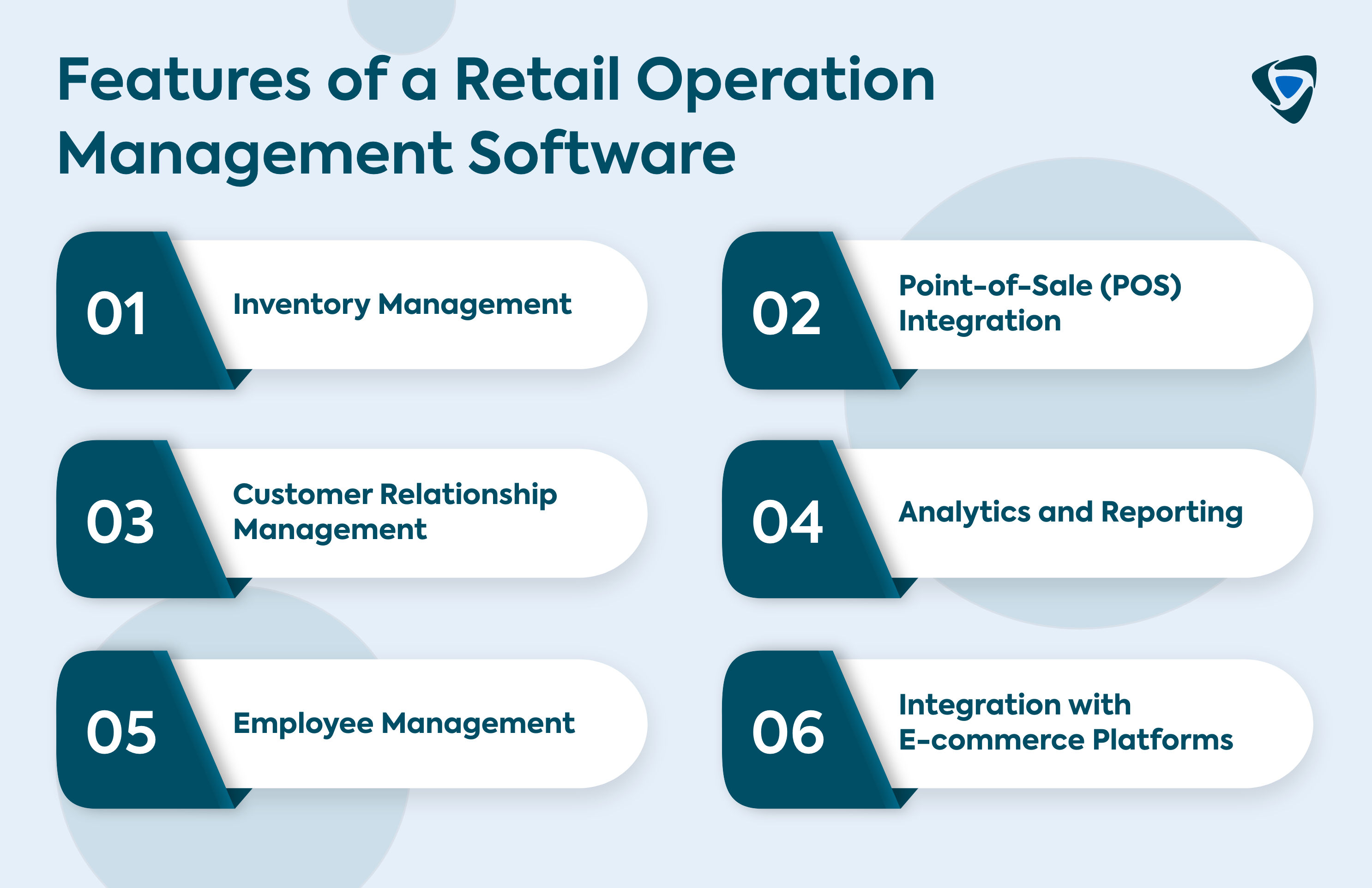
- Inventory Management: Manage stock, maintaining and restocking properly so that there will be no stocks out and minimizing overstock.
- Point-of-Sale (POS) Integration: They seamlessly mesh with POS systems so as to enable real-time transaction processing and correct sales information.
- Multi-Channel Support: Multi-channel sales promote Businesses in effectively managing online and offline businesses.
- Analytics and Reporting: Feeds Access to data-derived insights into sales, customer behaviour and performance of inventory by using unified analytical tools and reports.
- Order Management: To meet customer satisfaction, effectively manage and track customer orders starting from placement until fulfilment.
- Customer Relationship Management (CRM): Building and developing strong customer relationships will be possible through the use of customer profiles, purchase history and personalized communication features.
- Employee Management: Automating the process of staff scheduling, monitoring performance, and training will dramatically enhance the effectiveness of your human resources.
- Mobile Accessibility: Make the software available from mobile phones in order to facilitate easy remote management and monitoring anytime, anywhere.
- Integration with E-commerce Platforms: Connect to top-rated e-commerce platforms aiming at the synchronization of the online and offline shopping experience.
- Scalability: Use the scalable solution that will be able to grow with your business and accommodate increased data and operational complexity.
The right ROMS is not just software; it is a strategic investment, and retail businesses need to keep in mind all the essential features to ensure the ROMS aligns with the business objectives and goals.
Conclusion
The success stories of retail businesses proved the unquestionable value of retail operation management software in tackling difficulties and achieving operational excellence. Retailers should consider the present case and realize that technology has the potential to transform them.
 Schedule A Demo
Schedule A Demo 


